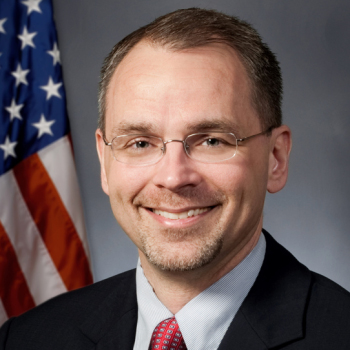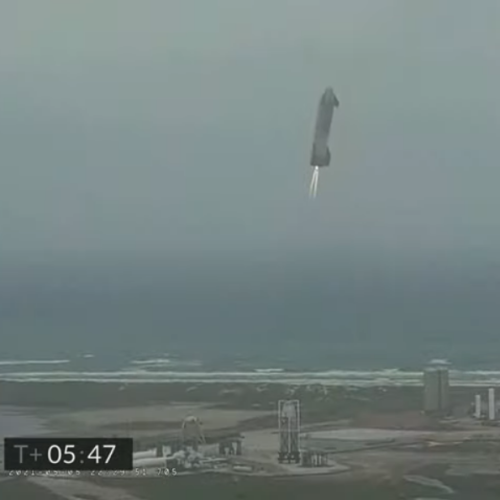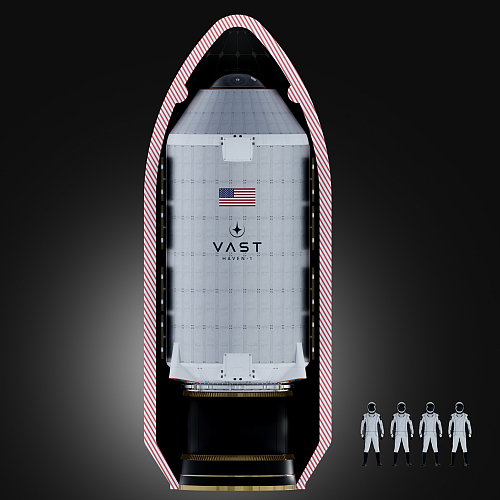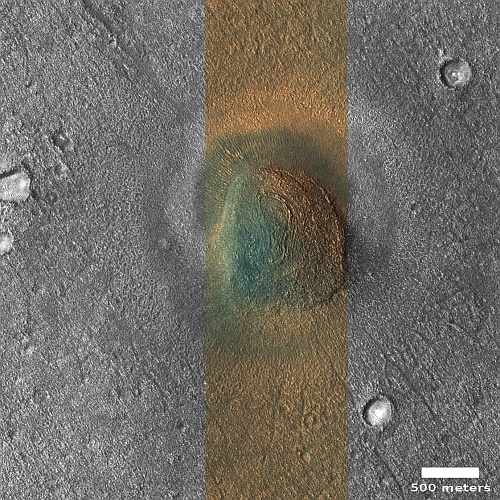SpaceX launches 56 more Starlink satellites
SpaceX this morning successfully launched another 56 Starlink satellites, with its Falcon 9 rocket lifting off from Cape Canaveral.
The first stage completed its eighth flight, landing on its drone ship in the Atlantic. The fairing halves completed their 7th and 10th flights, with the latter a new record.
The leaders in the 2023 launch race remain the same:
43 SpaceX
24 China
8 Russia
5 Rocket Lab
American private enterprise now leads China in successful launches 49 to 24 in the national rankings, and the entire world combined 49 to 40, with SpaceX by itself still leading the rest of the world, excluding other American companies, 43 to 40.
SpaceX this morning successfully launched another 56 Starlink satellites, with its Falcon 9 rocket lifting off from Cape Canaveral.
The first stage completed its eighth flight, landing on its drone ship in the Atlantic. The fairing halves completed their 7th and 10th flights, with the latter a new record.
The leaders in the 2023 launch race remain the same:
43 SpaceX
24 China
8 Russia
5 Rocket Lab
American private enterprise now leads China in successful launches 49 to 24 in the national rankings, and the entire world combined 49 to 40, with SpaceX by itself still leading the rest of the world, excluding other American companies, 43 to 40.






